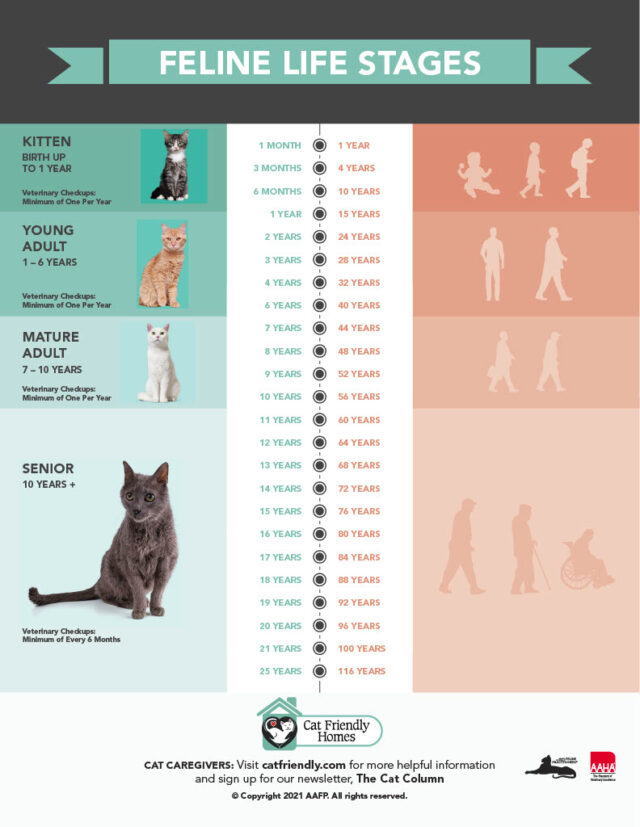How long do cats live?
This question burns in the minds of every cat parent as they hold their kitty-dear tight, hoping their feline will be the next to claim the honor of world’s oldest cat. Unfortunately, try as we might, our cats don’t live as long as Crème Puff the cat. Living to the age of 38, Crème Puff still posthumously holds the title of World’s Oldest Cat.
Many have come close, and with good care and lots of love, more felines are living long lives, quite a few even seeing their 20s.
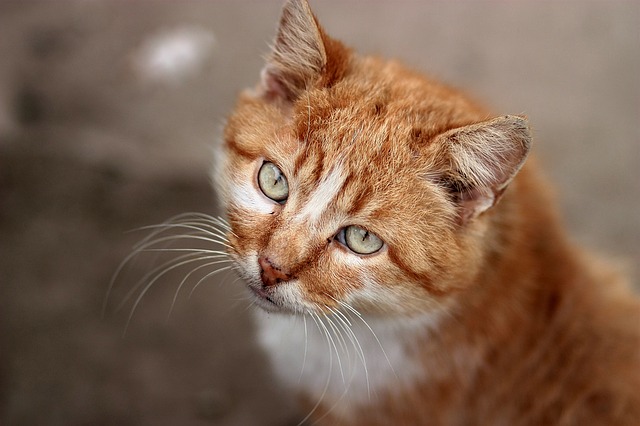
The average cat lifespan is 12-15 years, though many cats are easily living to 17 years of age.
But there are several factors that could affect a cat’s life expectancy. For instance, indoor cats typically live longer than outdoor cats as the inside life keeps cats protected from the dangers that can find them outside. That said, cats who live a fully indoor life run the risk of obesity and its related disease.
It’s all about balance when it comes to cats. But even when we keep our kitties living in feline paradise, the unknown can sneak up on them. Like problems in humans, congenital issues, developed illnesses, and even injuries could affect the cat’s lifespan.

Wondering if your cat’s lifespan will be a long one? Check out these 13 Signs Your Cat Will Probably Live A Long Life.
Cat Years to Human Years: The Translation
When considering your cat’s age, putting it in perspective with our own aging process might help you understand your cat even more. So, how do cat years compare to human years?
The American Association of Feline Practitioners (AAFP) and American Animal Hospital Association (AAHA) provide the formula for translating cat years, answering the question all curious cat lovers ask…
How old is my cat in human years?
- Cats reach the human age of 15 during their first year.
- By the age of 2, cats have reached the human age of 24.
- Every year after, your cat ages 4 “cat years” to each human year. This means a 6-year-old-cat can be compared to a 40-year-old person.

And like our classifications of child, teen, adult, and senior, cat ages fall into their own life stages, and they aren’t so different from our own.
An Update on Cat Life Stages by Feline Experts
For the first time since 2010, a panel of feline experts assembled by the AAFP and AAHA have updated the cat life stages. The update divides cat ages into five categories, four of them related to age.
- Kitten: Birth to 1 year
- Young adult: 1 to 6 years
- Mature adult: 7 to 10 years
- Senior: 10 years and older
- End-of-life: Any age

A tip for all your cat’s life stages, remember the importance of good veterinary care.
AAHA Chief Medical Officer Heather Loenser, DVM, states, “All cats of every life stage need full, thorough physical examinations at least annually for the best lifelong care; and we recommend checkups at a minimum of every six months for senior cats.”
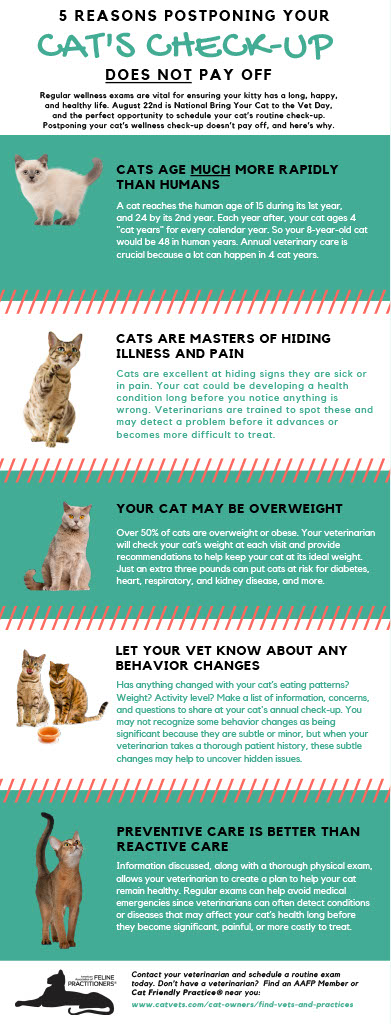
Cat Life Stages
Have a look at the updated cat life stages and what you can expect from your cat as the years go by.
Kittenhood
Age: Birth – One-year-old
Cat Years to Human: Birth to 15 years
By the end of the first year of a cat’s life, you’ll have the equivalent of a 15-year-old person on your hands. Do cats give teenage sass? You bet they do, and the sassy attitude sticks with them for the rest of their lives!
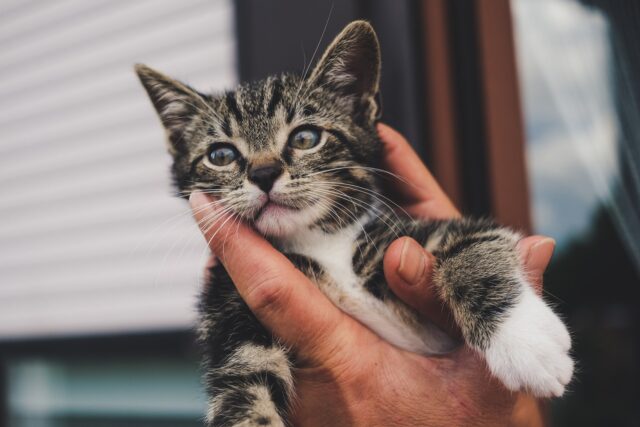
Fuzzy little cuties, kittens have so much to learn about the world! Their mothers teach them the fundamentals, but once she’s in your capable hands, it will become your job to educate her about her new home and family members. Soon after adopting a kitten serves as the perfect moment to start acclimating her to cat care necessities. AAFP’s Cat Friendly Homes advises kittenhood as “the right time for your cat to become comfortable with nail trims, tooth and coat brushing, their cat carrier, and transportation to the veterinary practice.”
Kittens need tons of play, and those curious paws don’t discriminate. Everything can be a cat toy when you have that much energy! And because of how busy their bodies stay, coupled with the needs of growing, kittens have different nutritional needs than their adult counterparts. Be sure to stick with kitten food until your furry baby reaches a year old.
Young Adult
Age: 1 – 6-years-old
Cat Years to Human: 15 to 40 years
In this young adult cat stage, felines age drastically from start to finish when comparing cat years to human years. These five years take felines from youth to middle age, and you’ll watch your kitty do a lot of growing up in this time.
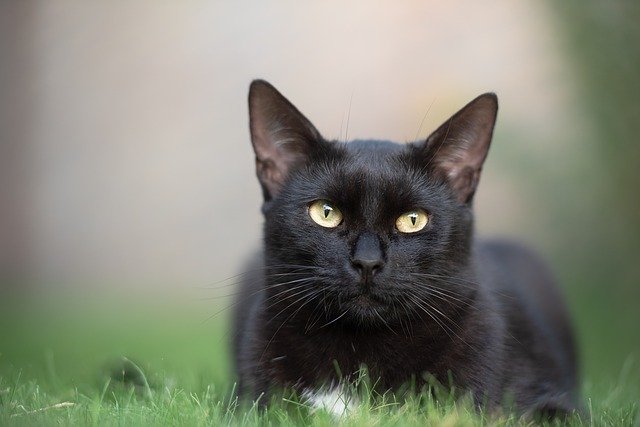
Congratulations, your kitten has now become a cat! And as a grown-up, albeit a young one, your cat now has adult concerns, like worrying about their waistline and what it means for their health. Fortunately, your cat has you to manage their diet so they can focus on being a lean, mean pouncing machine. And as a young adult, your cat will be pouncing a lot. Cats in this life stage still desire a healthy amount of exercise, so be sure to give kitty lots of toy options aligning with their prey preference.
Another adult worry for cats concerns their oral health. Discuss the best way to take care of cat teeth with your vet as well as any behavioral problems or quirks your young thing has developed.
Mature Adult
Age: 7 – 10-years-old
Cat Years to Human: 44 to 56 years
Middle age for humans and cats alike; this is when cats typically begin to have an older look about them. No grays, but perhaps a few stray white hairs. They might even grumble about some achy joints.

A mature adult loves a good, long snooze, but still craves some play. Don’t expect the all-out feline circus of a young adult cat or a kitten. Mature cats are more refined in their sensibilities and enjoy the company of the food bowl, which easily leads to weight gain in a cat who doesn’t exercise as much as he once did.
The equivalent of a middle-aged human, cats at this age are settled in their ways, but can be motivated to learn new things with tasty treats. Help fight sedentary ways by teaching your cat some fun tricks. But be mindful of the activities you have your cat perform. Their bodies are aging, and they may be starting to feel it a bit.
Keep your cat on a regular veterinary routine as she matures. These annual exams include tests and bloodwork that will catch problems, such as diabetes, kidney disease, and hyperthyroidism, early on. Discuss good diet options to keep your cat in top form as the years progress.
“Maintaining healthy body condition and muscle mass reduces the risk for many diseases,” according to veterinarians, Dr. Krista Williams and Dr. Robin Downing.
Senior
Age: 10-years-old and over
Cat Years to Human: 60 years+
There’s no mistaking a senior cat. These elder felines have a look that says they’ve seen it all, and they’re just fine to nap through from now on; thank you very much! This ‘been there, done that’ attitude makes so much sense when you think about it. A 17-year-old cat is the equivalent of an 84-year-old senior citizen! It’s nice to have some fun, but quiet time is good too!
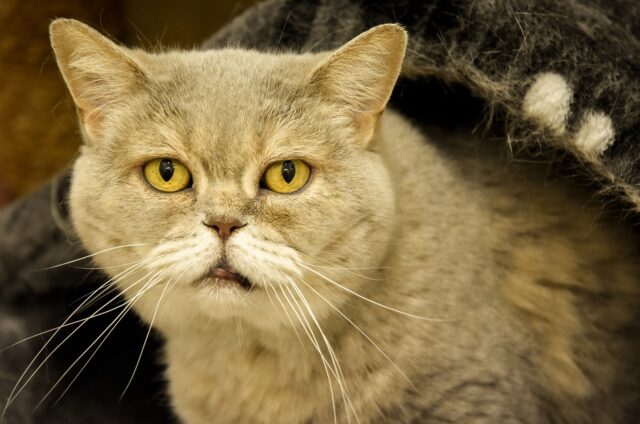
Welcome to the golden years of cathood. Senior cats are the retirees of the cat world, and like the older people they resemble, geriatric cats enjoy a slower pace in life, even taking to napping around 20 hours a day. Because senior cats like to snooze and often experience aching joints, comfort is of the utmost importance. Offer your senior cat lots of beds and cushy spots to rest. Not just beds, but from food bowls to litter boxes, be sure your house is senior cat friendly.
Illness can creep up on elder cats quickly, and the AAFP recommends, “Senior cats should visit the veterinarian at a minimum of every six months since much could happen in a year and your veterinarian can catch things early on before they are more advanced or costly to treat.”
The senior cat diet differs from their younger counterparts as nutrition needs change, and therapeutic diets are often needed in conjunction with other treatments for any medical conditions. Discussing your senior cat’s diet should be one of the important conversations you have with the vet.
End of Life Stage
When reevaluating the cat life stages, the assembled Task Force designated End of Life as its own stage as the events leading up to death can happen at any age.

So, our original question of how long do cats live turns out to be more complicated than first thought. Your cat’s lifespan depends not only on them, but on you too. And since you love your cat, giving her the care she needs to thrive through every life stage will be no problem at all!
Check out this handy Cat Age Chart to see how cat years are divided into different life stages:
